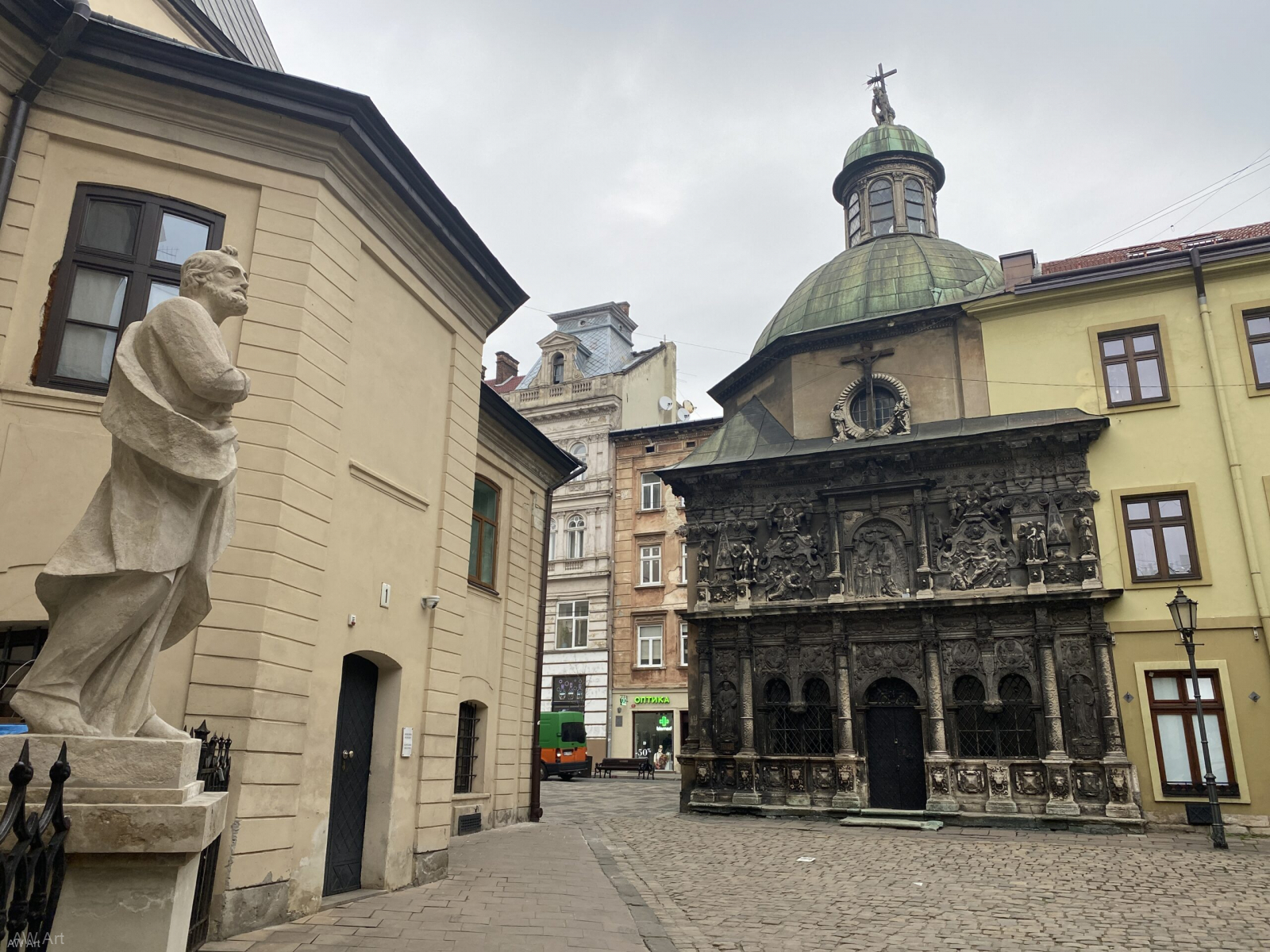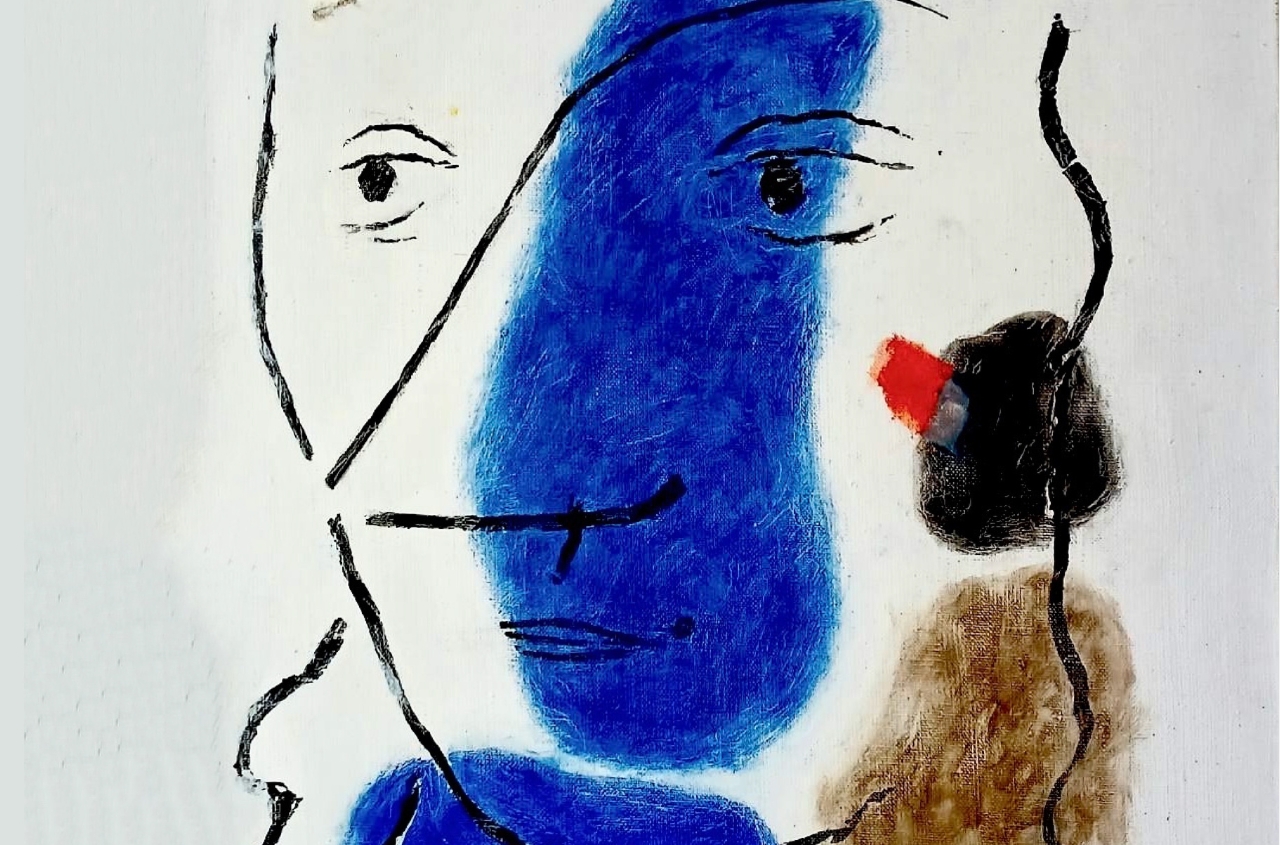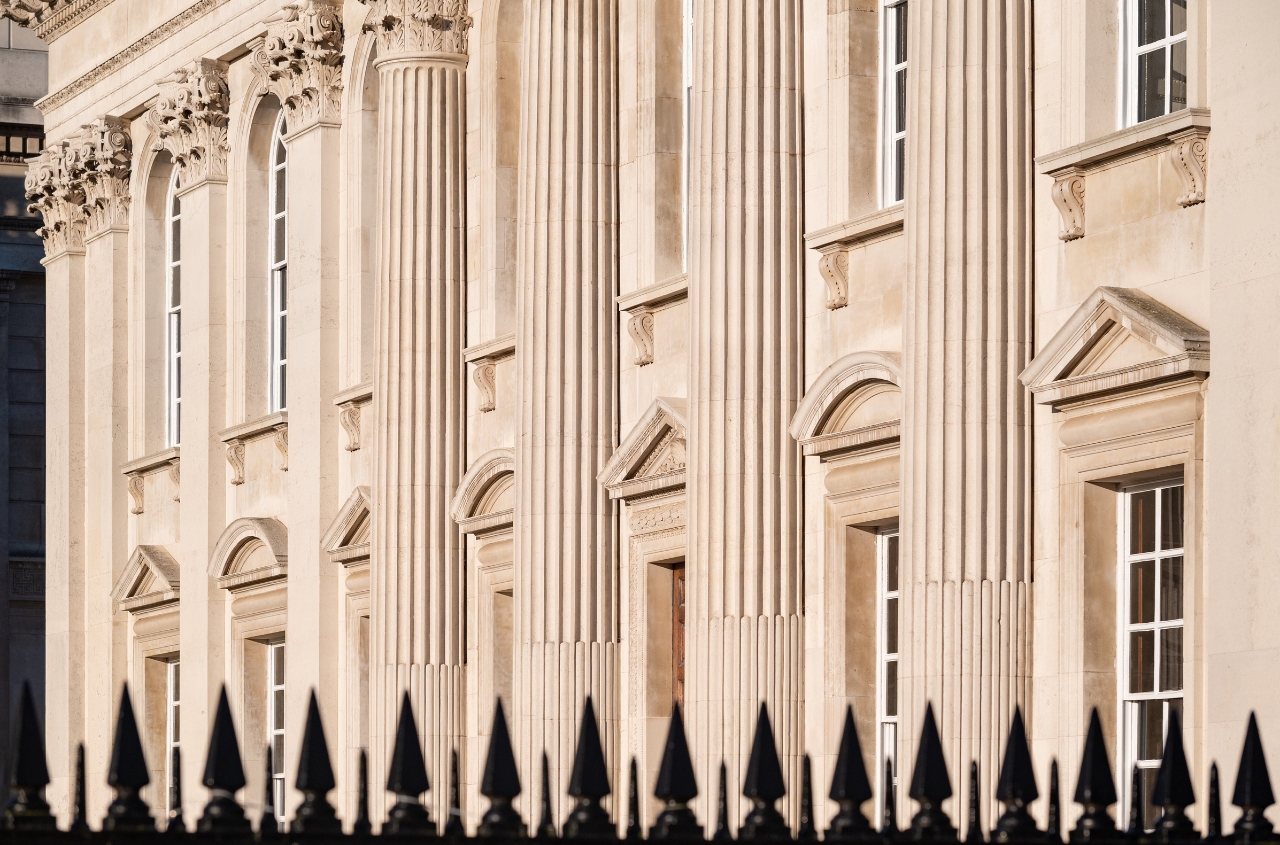The restored sculpture of the Mourning Christ from the Boim Chapel, which is over 400 years old, has been returned from Poland to Lviv. In January 2024, it will be displayed in one of Lviv's museums as part of the exhibition "That Which Is Not Seen." This information was provided by the press service of the Lviv City Council.
In 2021, the 280-kilogram sculpture was dismantled from the dome of the Boim Chapel in Lviv for the first time in history and transferred to a workshop due to the active deterioration of the historical monument. The plan was to restore the sculpture, but a full-scale war began.
"At that time, it was proposed to transport the sculpture to Warsaw. They transported it, conducted detailed research, and restored it. They also supplemented the lost elements, including the nimbus and the crown of thorns," says Liliya Onyshchenko, an adviser to the mayor of Lviv on cultural heritage preservation.
The restoration work was funded by the Polish foundation "Polonika." Over 20 specialists were involved in the restoration of the monument. From October 24 to November 25, the Mourning Christ sculpture could be seen at an exhibition in one of the galleries in Warsaw.
Soon, the sculpture will be exhibited in Lviv. The figure of the Mourning Christ will be returned to the top of the Boim Chapel after the restoration of the dome.

The Boim Chapel was constructed in the early 17th century on the territory of the then municipal cemetery near the Latin Cathedral. It was commissioned by George Boim, a Lviv merchant of Hungarian origin. The chapel features scenes with Jesus Christ, stories from the Holy Scriptures, and the acts of the apostles.
"Boim was the wealthiest person in Lviv. At that time, he owned a third of the real estate in the city. He held a prominent position in Lviv's patriciate, serving as a consul, a member of the city council, and, as a consul, he repeatedly became the mayor of Lviv, meaning he headed the city," explains Lviv historian Ivan Svarnyk.
Andreas Bemer was the builder of the chapel, and it was embellished with stone by Hanush Sholz, who was specifically invited from Wroclaw. The constructed chapel became a grandiose monument of 17th-century Lviv.




















